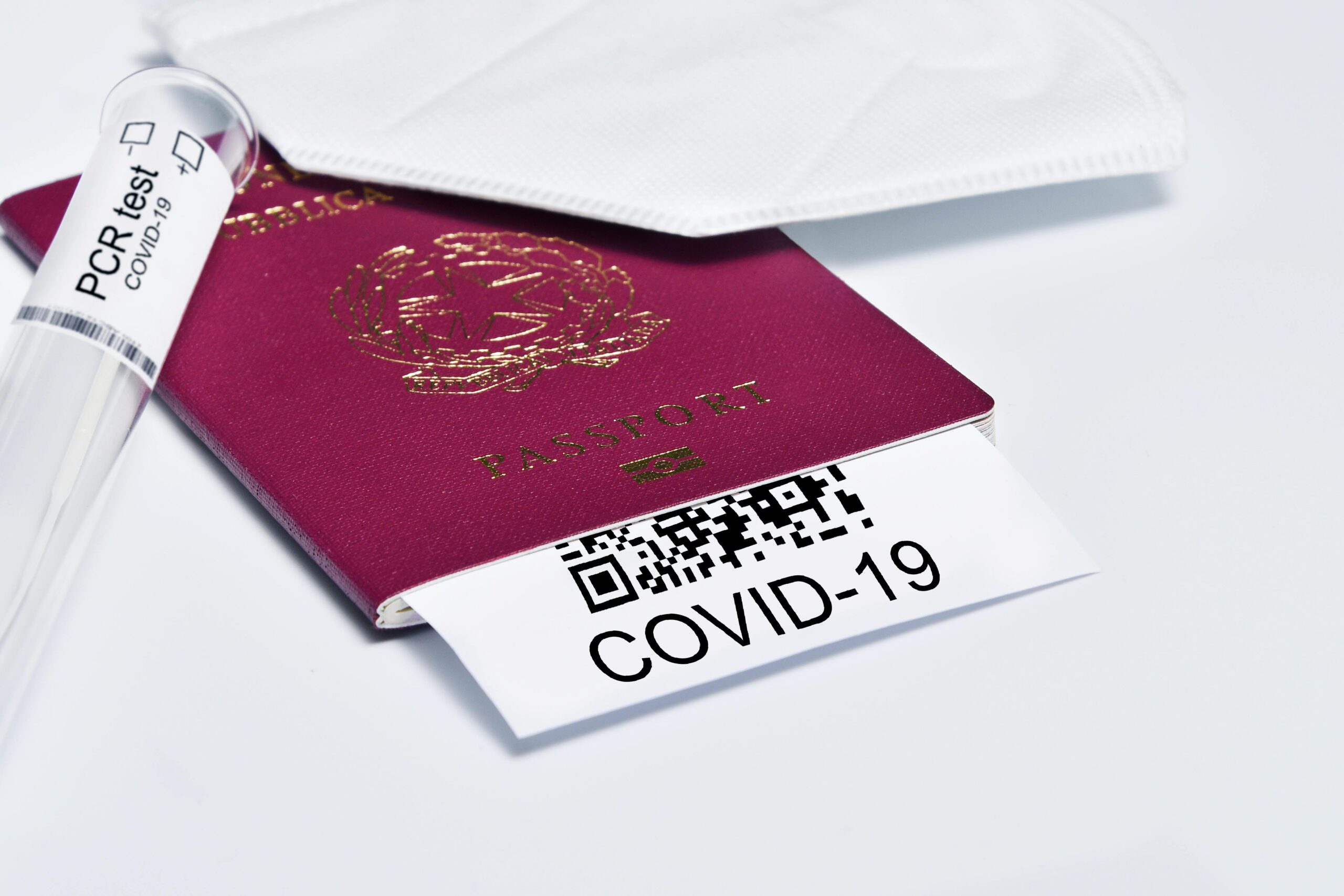Sponsoring a parent or grandparent to Canada is a profound milestone for many families, marking the culmination of a long-held dream of reunification. However, this journey can face a formidable hurdle: the risk of medical inadmissibility. A finding that an applicant might place an “excessive demand” on Canada’s health or social services can bring the entire process to a halt. This guide provides a comprehensive overview of how to understand, address, and strategically overcome the challenge of medical inadmissibility, ensuring you are prepared to protect your family’s future in Canada.
Table of Contents
- Understanding the Foundations of Medical Inadmissibility for PGP Applicants
- The Pivotal Moment: Responding to a Procedural Fairness Letter (PFL)
- Crafting a Powerful Mitigation Plan to Overcome Medical Inadmissibility
- Exploring Alternatives: The Temporary Resident Permit (TRP)
- Frequently Asked Questions
Understanding the Foundations of Medical Inadmissibility for PGP Applicants
When a parent or grandparent applies for permanent residence in Canada through the Parents and Grandparents Program (PGP), they must undergo an Immigration Medical Exam (IME). The results of this exam are reviewed by an officer at Immigration, Refugees and Citizenship Canada (IRCC) to determine if the applicant is medically admissible. Under section 38(1)(c) of the Immigration and Refugee Protection Act (IRPA), an individual may be found inadmissible if their health condition is likely to cause an excessive demand on Canada’s health or social services. This is the most common ground for medical refusals in family sponsorship cases. “Excessive demand” is primarily a financial consideration. IRCC calculates whether the anticipated costs of health and social services needed for the applicant’s condition would exceed the annual cost threshold. This threshold is updated each year and is based on the average Canadian per capita spending on these services. For 2024, this amount is $26,220 per year, or $131,100 over five years. If an officer believes the services required will surpass this amount, a finding of inadmissibility is likely. It is critical to distinguish this from inadmissibility based on public health or public safety risks, which are separate considerations. For PGP applicants, the focus is almost always on the financial burden.
It’s important to note that the rules for temporary residents, such as those on a Super Visa, are different. While Super Visa applicants also require an IME, the “excessive demand” component is assessed differently. Because Super Visa holders are required to have private Canadian medical insurance, the direct financial burden on the public system is considered to be mitigated. Therefore, inadmissibility on these grounds is less common for Super Visa applicants, provided they are not a danger to public health or safety. For permanent resident applicants, however, the assessment is far more stringent, as they are on a path to accessing provincially-funded healthcare. Understanding this distinction is vital for setting realistic expectations and preparing the right strategy from the outset.
The Pivotal Moment: Responding to a Procedural Fairness Letter (PFL)
Receiving a Procedural Fairness Letter (PFL) from IRCC can be alarming, but it should not be viewed as a final refusal. Instead, it is a critical opportunity. The letter signifies that an immigration officer has concerns about the applicant’s medical assessment and is considering a finding of inadmissibility. The principle of procedural fairness requires that IRCC inform applicants of these concerns and give them a chance to respond before a final, and potentially negative, decision is made. The PFL will typically outline the specific medical condition identified, the services IRCC believes will be required, and the estimated costs that lead to the concern of excessive demand. This letter is your roadmap to understanding exactly what issues you need to address.
Responding to a PFL effectively is paramount. These letters come with strict deadlines, usually 30 to 60 days, and failing to respond in time will almost certainly result in a refusal of the application. A simple denial of the officer’s concerns is insufficient. A successful response must be detailed, evidence-based, and directly counter the points raised in the PFL. This is where a well-prepared mitigation plan becomes the centerpiece of your submission. The goal is to provide new, compelling information and a concrete plan that was not available to the officer during their initial assessment. A thoughtfully constructed response can directly influence the officer to reverse their initial opinion and render a favorable decision. Ignoring the PFL or providing a weak response is a missed opportunity that can close the door on your family’s reunification journey.
Crafting a Powerful Mitigation Plan to Overcome Medical Inadmissibility
A mitigation plan is a detailed, personalized submission designed to prove that an applicant will not, in fact, cause an excessive demand on Canada’s services. It is the most crucial tool in overcoming a potential medical inadmissibility finding. The plan must be persuasive, well-documented, and directly address the concerns laid out in the Procedural Fairness Letter. Its purpose is to present a realistic and credible strategy showing how the medical needs of your parent or grandparent will be met without relying on public funds. This requires a proactive and meticulous approach, gathering evidence to demonstrate both the true nature of the medical condition and the financial and social capacity of the family to manage it. An officer must be convinced that the plan is not just a hopeful promise but a viable, actionable strategy.
A comprehensive mitigation plan is built on several pillars of evidence. Each component works to build a case that is both medically and financially sound. Here are the essential elements of a strong submission:
- Detailed Medical Assessments: Obtain an up-to-date, detailed report from a specialist, preferably a Canadian one if possible. This report should clarify the diagnosis, prognosis, and the specific treatments and medications required. It can also challenge the assumptions made by the IRCC medical officer regarding the type and cost of care.
- A Specific and Costed Treatment Plan: The plan should outline the precise course of action for managing the condition in Canada. This includes identifying specific service providers (e.g., clinics, physiotherapists), quoting the costs of private consultations, and listing the prices of any required prescription drugs.
- Demonstrable Financial Ability: This is the cornerstone of the plan. The sponsor must provide robust evidence of their financial capacity to cover all anticipated medical costs. This includes bank statements, investment portfolios, employment letters stating salary, notices of assessment, and a detailed budget showing that these medical expenses can be absorbed without financial hardship.
- Commitment and Support Network: A signed and notarized letter from the sponsor explicitly stating their intention and ability to cover all medical costs is vital. Additionally, letters of support from other family members, friends, or community organizations can demonstrate a strong social safety net that will help care for the applicant, reducing the potential need for publicly funded social services.
- Private Health Insurance: While not a complete solution, demonstrating that you have researched or purchased a private health insurance plan that could cover some costs can strengthen your case.
Exploring Alternatives: The Temporary Resident Permit (TRP)
In some situations, even a well-crafted mitigation plan may not be enough to overcome a finding of medical inadmissibility for permanent residence. This can happen when the medical condition is particularly severe or the associated costs are exceptionally high. In such cases, a Temporary Resident Permit (TRP) may be an available, albeit different, solution. A TRP is a discretionary tool that allows an individual who is otherwise inadmissible to enter and stay in Canada for a limited period. It is not a pathway to permanent residence but rather a temporary measure granted when there are compelling reasons for the person’s presence in Canada that outweigh the health risks or costs to the public.
The assessment for a TRP is based on a balancing act. An officer weighs the “need” for the inadmissible person to be in Canada against the “risk” they pose to the Canadian public. For family sponsorship cases, the need is often framed on humanitarian and compassionate grounds, such as the need for a parent to be with their children and grandchildren in Canada for emotional support and family integrity. The applicant and sponsor must present a compelling narrative, supported by evidence, demonstrating why the family reunification, even on a temporary basis, is so important. A TRP is typically granted for a specific duration (e.g., one year) and can be renewed from within Canada, provided the reasons for their presence remain. It is a complex application and is best considered a fallback option when permanent residency is no longer viable due to the medical finding.
Frequently Asked Questions
What is medical inadmissibility in Canada?
Medical inadmissibility is a provision in Canadian immigration law that can prevent a person from becoming a permanent resident. For family sponsorship, it is most often based on a finding that the applicant’s health condition would likely cause an “excessive demand” on Canada’s health or social services, meaning the cost of their care would exceed a set annual threshold.
What is a Procedural Fairness Letter (PFL)?
A Procedural Fairness Letter (PFL) is a communication from IRCC that informs an applicant of concerns that could lead to a refusal, such as medical inadmissibility. It is not a final decision but an opportunity for the applicant to submit additional information and arguments to address the officer’s concerns before a final determination is made.
How can a mitigation plan help my parents’ application?
A mitigation plan is a detailed submission designed to prove your parent or grandparent will not create an excessive demand on public services. By providing evidence of financial capacity, a specific treatment plan, and a strong support network, it directly counters the concerns of the immigration officer and can lead to a reversal of a potential inadmissibility finding.
What is the excessive demand cost threshold?
The excessive demand cost threshold is a figure, updated annually by IRCC, that represents the average per capita cost of Canadian health and social services. If an applicant’s anticipated medical costs exceed this threshold (for 2024, it is $26,220 per year), they may be found medically inadmissible.
What is a Temporary Resident Permit (TRP)?
A Temporary Resident Permit (TRP) is a document that may be issued to an individual who is inadmissible to Canada, allowing them to enter or remain in the country for a limited time. It is a discretionary measure granted when an officer determines the person’s need to be in Canada outweighs any health or safety risks.
Does medical inadmissibility apply to Super Visa applicants?
While Super Visa applicants must pass an Immigration Medical Exam, they are generally not subject to inadmissibility for excessive demand on health services. This is because a key requirement of the Super Visa is to hold valid private Canadian medical insurance, which mitigates the cost to the public healthcare system.
Talk to us to find out more. ->
The content above is not intended to provide legal advice or opinions of any kind and may not be used for professional or commercial purposes.







